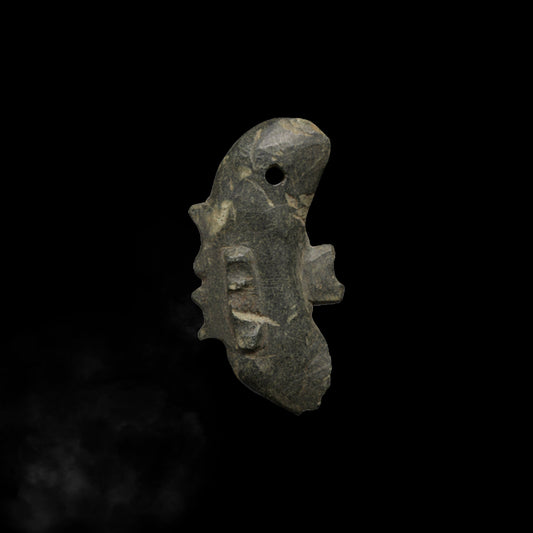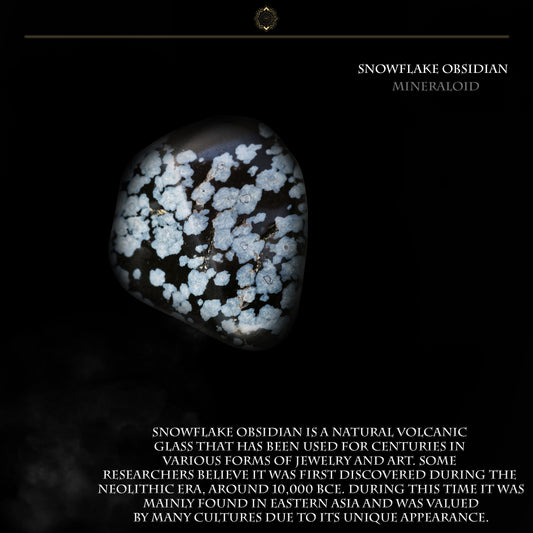
Uncovering the Mysteries of Megalodon
When it comes to prehistoric creatures, few capture our imagination quite like the Megalodon. This enormous shark, believed to have lived millions of years ago, continues to fascinate scientists and the general public alike. But how much of what we think we know about the Megalodon is based on fact, and how much is simply myth? Let's dive deep into the history and separate fact from fiction.
The Megalodon, scientifically known as Carcharocles megalodon, was the largest shark to have ever existed. With an estimated length of up to 60 feet, this apex predator ruled the oceans during the Miocene and Pliocene epochs. Its massive jaws, filled with serrated teeth measuring up to 7 inches in length, made it a formidable hunter.The Megalodon lived approximately 23 to 3.6 million years ago. It roamed the oceans long before humans even existed, making it a true relic of the past. Fossil evidence suggests that the Megalodon inhabited warm coastal waters around the world.
While the exact cause of the Megalodon's extinction remains a subject of debate among scientists, there are several theories. One prevailing theory is that a decline in its primary food source, such as whales, led to its demise. Another theory suggests that changes in ocean temperatures and sea levels may have played a role. Regardless of the cause, the Megalodon disappeared from the fossil record around 3.6 million years ago.
When it comes to prehistoric creatures, few capture the imagination quite like the Megalodon. This ancient shark, believed to have lived millions of years ago, has become the subject of numerous myths and legends. We will explore some of the most popular stories surrounding the Megalodon and separate fact from fiction.
One of the most persistent myths about the Megalodon is that it still exists in the depths of the ocean. However, there is no scientific evidence to support this claim. The Megalodon is believed to have gone extinct around 2.6 million years ago, during the Pliocene epoch although we have not yet fully explored the full ocean the modern biota of the ocean would not sustain such a large creature; extinction is almost certain. Contrary to popular belief, the Megalodon did not have an insatiable appetite. Studies of its fossilized teeth indicate that the Megalodon had a diet similar to that of modern-day great white sharks. It is believed that the Megalodon would have consumed large amounts of food when it was available, but it would also go through periods of fasting.
The Megalodon holds the title for being the largest shark to ever exist. Its size and power were truly awe-inspiring. However, it is important to note that the Megalodon was not the largest marine creature of all time. That distinction goes to the blue whale, which is the largest animal to have ever lived on Earth. There are surviving Megalodon teeth that have been found in various parts of the world. These teeth provide valuable insights into the size and structure of the Megalodon's jaws. They are highly sought after by collectors and can fetch high prices on the market.

While the Megalodon was undoubtedly an impressive creature, many of the myths and legends surrounding it are not based on scientific evidence. It is important to separate fact from fiction when discussing prehistoric animals like the Megalodon. By relying on scientific research and expertise, we can gain a better understanding of these fascinating creatures that once roamed the oceans.


